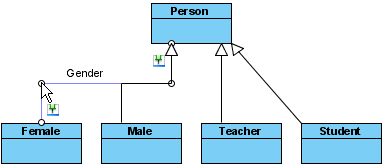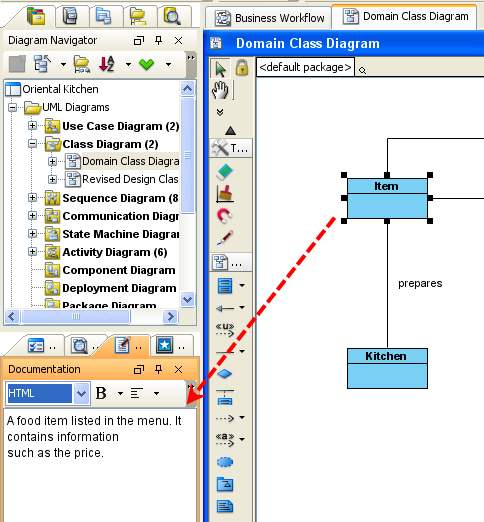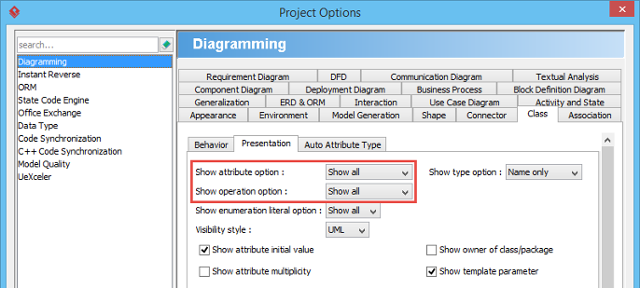

Tasks Listed From Easiest to Most Difficult The actual development of the theory of mind generally follows an agreed-upon sequence of steps (Wellman, 2004 Wellman & Peterson, 2012):

Stages of Theory of Mind Stages of Theory of Mind Between ages 4-5, children really start to think about others’ thoughts and feelings, and this is when true theory of mind emerges. A 2000 longitudinal study found that the infants’ imitation scores were not associated with later theory of mind ability (Charman, 2000). However, there is some pushback that imitation is not as much of a crucial precursor for theory of mind. Internalizing these two concepts, the child then engages in imitation and may direct his or her eyes towards that specific object or scene. The ability to imitate others is to recognize recognizing that others have their own beliefs and desires.įor example, bridging attention and intentionality, imitation can result when a child realizes that others direct their attention (to an object, etc.) and do so intentionally (motivated by goal-directed behavior). Imitating others is a third building block of theory of mind. Other developmental precursors necessary of theory of mind to develop include (i) pretending to be someone else (like a doctor or a cashier) (ii) understanding the causes and consequences of emotions and (iii) understanding ther people and have different likes/dislikes. These skills include the ability to comprehend the concept of attention, understand the intentions of others, and the ability to imitate others are all rungs on the ladder you must climb before reaching the platform of theory of mind.

It turns out that there are several developmental precursors (or skills) that infants need to develop their theory of mind later on Westby & Robinson, 2014).

We aren’t born immediately knowing that others have unique beliefs and desires that are unique from our own. Further Information How Does Theory of Mind Develop? How Does Theory of Mind Develop?.Having a theory of mind allows us to understand that others have unique beliefs and desires that are different from our own, enabling us to engage in daily social interaction as we interpret the mental states and infer the behaviors of those around us (Premack & Woodruff, 1978).Īfter its first identification in 1978, a large body of research in this field has accumulated, studying the developmental pathway, neural basis, and deficits of the theory of mind. These inferences, which amount to a theory of mind, are to our knowledge, universal in human adults” (Premack & Woodruff, 1978). “As humans we assume that others want, think, believe and the like, and thereby infer states that are not directly observable, using these states anticipatorily, to predict the behavior of others as well as our own. Theory of mind is the ability to attribute mental states - beliefs, intents, desires, emotions, and knowledge - to ourselves and others. Some individuals with autism, Asperger’s, schizophrenia, depression, or social anxiety disorder exhibit a deficit in theory of mind and perform poorly on related tasks.Research also demonstrates this ability in some of our closest relatives: apes. Countless empirical studies reveal that this ability develops in toddlers as young as 15 months old and deteriorates with age.The traditional test for theory of mind is a false-belief task, used to assess a child’s understanding that other people can have beliefs about the world which contrast with reality.During infancy and early childhood, children learn the early skills that they’ll need to develop their theory of mind later on, such as paying attention to people and copying them.Having a theory of mind is important as it provides the ability to predict and interpret the behavior of others.Theory of mind (ToM) is the ability to attribute mental states to ourselves and others, serving as one of the foundational elements for social interaction.


 0 kommentar(er)
0 kommentar(er)
